There were many unique and interesting units that arose from all corners of the globe during World War II. From the Gurkhas of Nepal to the formation of the first British Special Forces unit to the Spetsnaz, we take a look at eight of the most interesting.
Gurkha
Motto: Better to die than to be a coward.
The Gurkhas are an elite battalion of soldiers from Nepal. Their name supposedly derives from the Hindu warrior saint Guru Gorakhnath. They are typically enlisted from various Nepal hill ethnicities, but are not tied to a specific group or region of the country. Their weapon of choice, the Khukuri, is perhaps one of the most iconic military blades around.
There are various Gurkha military units in the general Nepalese, British and Indian armies. However, the unit have survived in a tenuous position of classification. Though they could be viewed as a mercenary unit, they are exempt under Geneva Conventions, much like the French Foreign Legion.
A statue in memorial of Gurkha soldiers. "Photo by DAVID ILIFF. License: CC-BY-SA 3.0"
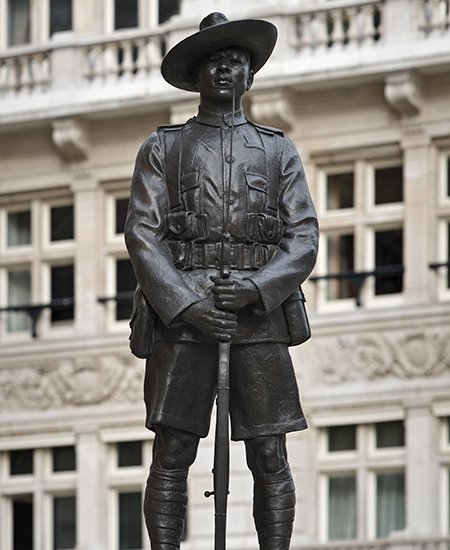
There were ten Gurkha regiments during World War II, consisting of two battalions that totaled twenty pre-war battalions. In 1940, after the Dunkirk evacuation of the British Expeditionary Force, the Nepalese government increased the Gurkha battalions’ collaboration with the British to 35. These were established across India to help maintain peace and defend rear areas. Gurkhas also fought in Syria, North Africa, Italy, Greece; they fought against the Japanese in the Burmese jungles, northeast India and Singapore.
A large number of men were recruited for non-Gurkha units such as paratroopers, signals, engineers, and military police. 250, 280 Gurkhas served across 40 battalions, as well as eight Nepalese Army battalions, Parachute, training, garrisons, and porter units in close to every theatre of war. They earned 2734 bravery awards, but suffered around 32,000 total casualties.
Free French Forces
Motto: Rhin et Danube.
The Free French Forces (known as France Libre and Forces françaises libres) formed during World War II. Led by Charles de Gaulle (a French general who rejected the armistice) and effectively a government-in-exile, they continued to fight against Axis powers as part of the Allied forces.
Charles de Gaulle. By Office of War Information, Overseas Picture Division. [1]
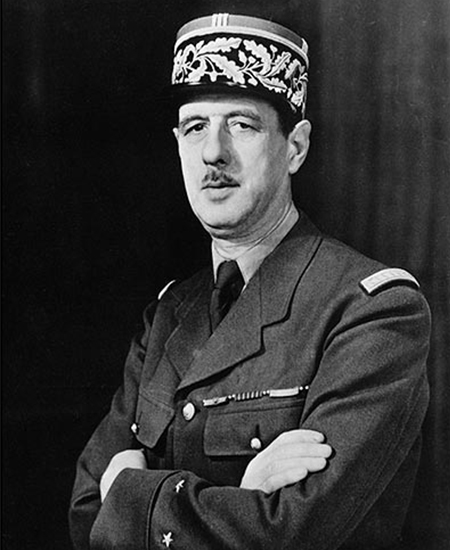
The Free French Forces began in London in June 1940 and supported the French Resistance in occupied France. Along with their campaign against Axis forces, they fought against the Vichy regime (Nazi occupied territories in French regions), and served on battlefronts from the Middle East, Indochina and North Africa. The Free French Navy acted as a supplemental force to the Royal Navy in the North Atlanctic and to the Royal Canadian Navy. The Royal Air Force, Soviet Air Force and British SAS also saw help from the Free French until a larger, unified commands were established.
The Armée d’Afrique formally united with Free French Forces to create Armée française de la Liberation in 1943. Their numbers grew to exceed 400,000 by mid-1944, and the forces participated in the Normandy landings and the invasion of southern France. At 1,300,000 they eventually became the fourth largest Allied army in Europe.
British Commandos
The first instance of modern Special Forces arose in 1940 during World War II. Winston Churchill had called for “specially trained troops of the hunter class, who can develop a reign of terror down the enemy coast”. Shortly before this, Staff Officer Lieutenant Colonel Dudley Clarke had submitted a proposal. This was quickly approved, and on June 23, 1940, the first Commando raid occurred.
SSB landing on Queen Red Beach, Sword area. Evans, J L (Capt), No 5 Army Film & Photographic Unit
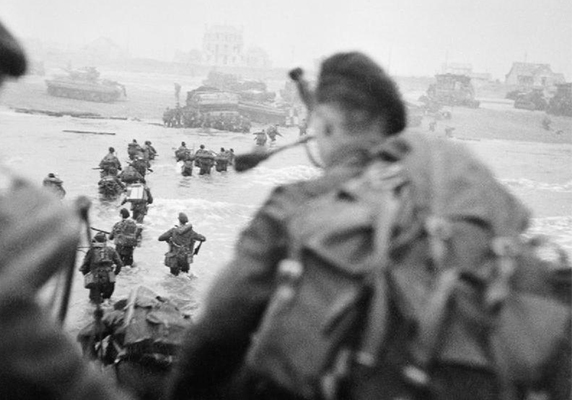
By late 1940, they were organized into the Special Service Brigade, which consisted of four battalions. The unit’s training regime was innovative for the period, physically demanding, and advanced from normal British Army training. A candidate’s training began immediately, with an 8-mile march, and exercises were conducted with live ammunition and explosives to lend an extra layer of realism.
The Special Service Brigade reached a wartime strength of 30 individual units and four assault brigades. Commandos served across every theatre of war, ranging from the Arctic Circle, Europe, the Mediterranean, Middle East, and South Africa. Operations ranged from small groups landing from sea or by parachute to spearheading the Allied invasion of Europe and Asia, to name a few.
Office of Strategic Services
The Office of Strategic Services (OSS) was formed by the United States during World War II under Medal of Honor recipient William J. Donovan. This organization would be the predecessor of the Central Intelligence Agency, which was in charge of intelligence and Special Forces missions.
During World War II, the OSS conducted were involved in numerous missions and activities. This included collecting intelligence by spying, acts of sabotage, propaganda war, organizing and coordinating anti-Nazi resistance groups in Europe, training anti-Japanese guerilla movements in Asia, and other activities. At the height of the OSS, there were nearly 24,000 people employed.
General Donovan reviews the OGs at Area F, the Congressional Country Club in Bethesda, Maryland, prior to their departure for China in 1945. By U.S. Office of Strategic Services [Public domain], via Wikimedia Commons
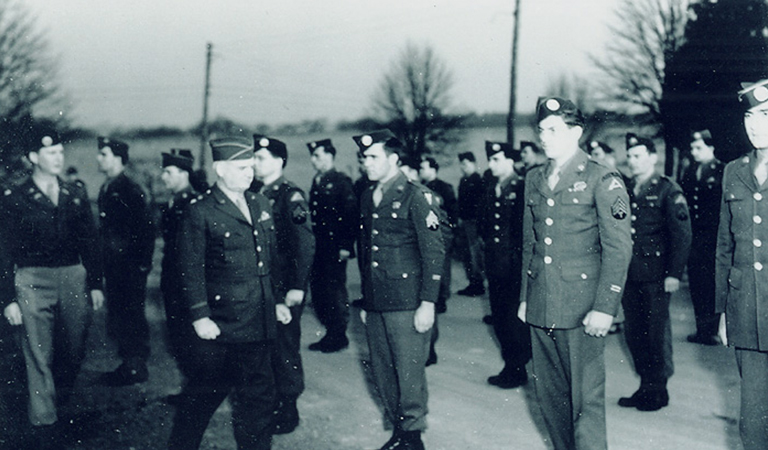
One of the most notable events during World War II was its penetration of Nazi Germany by OSS operatives. Their operation consisted of training German and Austrian agents for internal missions in Germany. Operatives included exiled communists and Socialist party members, labor activists, anti-Nazi prisoners-of-war, and German and Jewish refugees. In this recruitment, the OSS took on one of their most important spies, Fritz Kolbe, a German diplomat.
Soviet
SMERSH
Motto: Death to Spies!
SMERSH, a Russian contraction of “Death to Spies” was a blanket term for three independent counter-intelligence agencies within the Red Army. Formed in late 1942, or perhaps earlier, the name itself was coined by Joseph Stalin. Its main purpose was to subvert the attempts by German forces to infiltrate the Red Army.
A transcript from an interview session from 1943, conducted by the SMESH. From the Russian historical journal Rodina, issue no.9, 2008
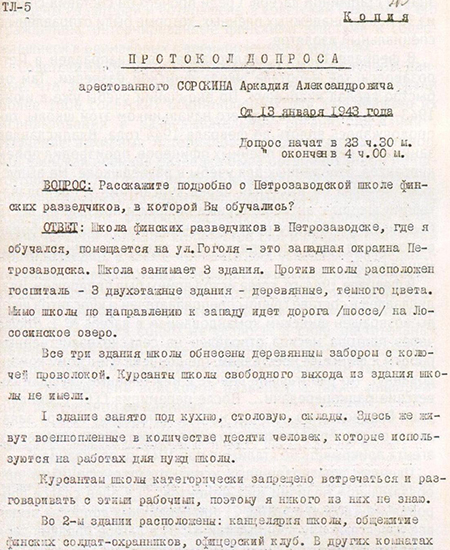
Their duties fell under: counter intelligence, counter-terrorism, preventing outside activity or foreign intelligence within the Red Army. They combated “anti-Soviet elements” in the Red Army and protected the front lines against penetration by enemy spies. They also investigated traitors, deserters, and cleared military and civil personnel returning from captivity.
Red Orchestra
The Red Orchestra was the name given by the Gestapo to an anti-nazi resistance movement in Berlin, as well as the name of Soviet espionage rings operating in German-occupied Europe and Switzerland in the height of World War II.
The nomenclature “Red Orchestra” was conceived by the Reichssicherheitshauptamt (RSHA), the counter-espionage division of the SS. They referred to resistance radio operators as “pianists”, transmitters as “pianos”, and their supervisors as “conductors”.
Spetsnaz GRU
Motto: Any mission, any time, any place.
Perhaps the most well-known of Russian Special Forces, the Spetsnaz was firstly proposed by Mikhail Svecgbykov. He pictured an organization that was capable of unconventional warfare in order to overcome battlefield disadvantages. Putting these concepts into practice was Ilya Starinov, known as the “grandfather of the spetsnaz”. During World War II, sabotage and reconnaissance forces were put together by the Second Department of the General Staff of the Soviet Armed Forces; they were subordinate to the commanders of Fronts.
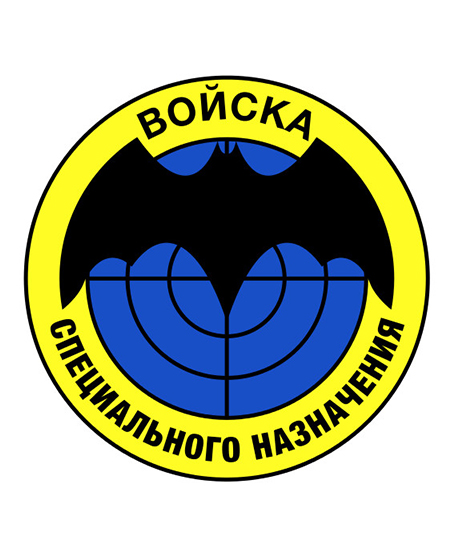
Waffen-SS
Motto: My Honour is Loyalty.
The Verfugungstruppe were a paramilitary special unit of the SS best classified as “dispositional troops”. They were trained as part of the Wehrmacht, using live ammunition in full military maneuvers. The Waffen SS were already in a tenuous position at the start of World War II, and their future still hung in the balance during the war. Hitler believe that because they had yet been truly tested, they would suffer great causalities in live combat and damage the unit’s reputation. This became a reality when Germany attacked Poland, and the Verfugungstruppe suffered heavy losses.
Grand Mufti of Jerusalem, Haj Amin al-Husseini inspects Bosnian Waffen SS recruits, November 1943. Bundesarchiv, Bild 146-1974-059-40 / Gösling /
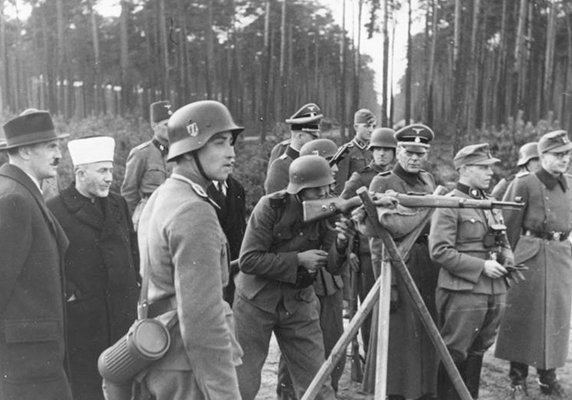
The prolific Wehrmacht from 1939–1941 kept the SS in the shadows as far as combat was concerned. To make up for the unit’s losses in the Polish campaign, Himmler created two further divisions. These new units consisted of people from the Totenkpofverbande (Death’s-Head Unit), who had weapons training, as well as uniformed policemen.
The Waffen-SS made up for their losses in Poland by contributing to the attack on France in 1940. Their success earned six commanders the Knight’s Cross and Hitler ordered Himmler to create another division: Wiking. The Waffen-SS also recruited units from all over the world to flesh out their ranks.
So, which unit do you think is the most interesting? Why not let us know below?